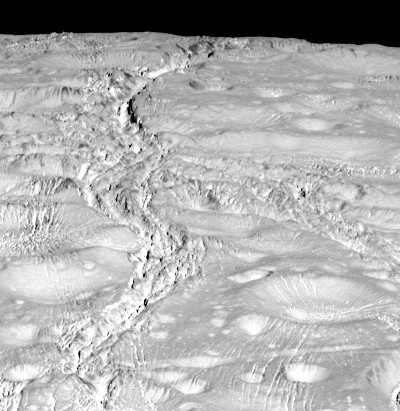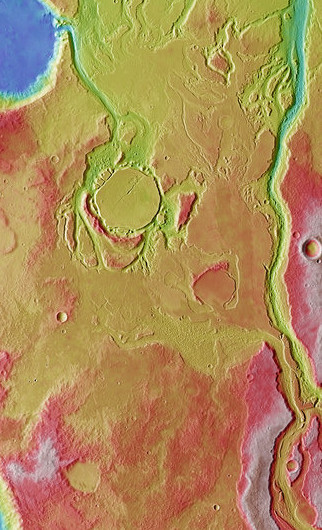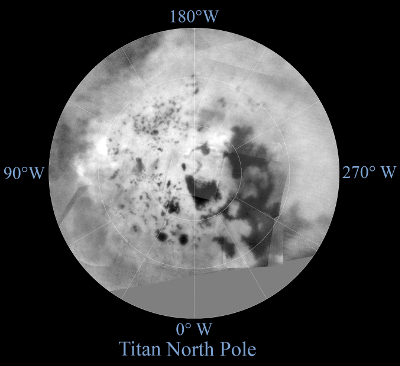China launches commercial satellite
The competition heats up: China’s Long March 3B rocket successfully placed a commercial communications satellite in orbit on Saturday.
Busy times for the launch business. And it appears that things will get even busier in the coming months.
The competition heats up: China’s Long March 3B rocket successfully placed a commercial communications satellite in orbit on Saturday.
Busy times for the launch business. And it appears that things will get even busier in the coming months.




